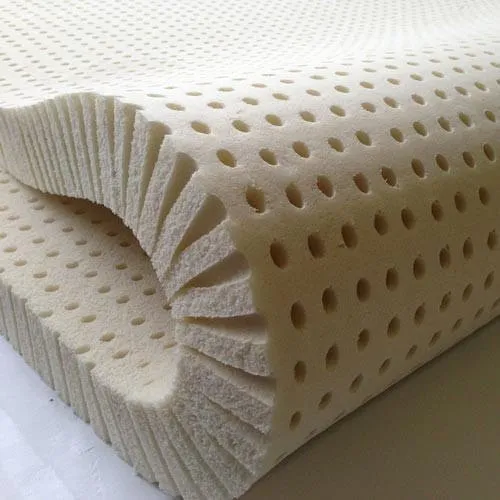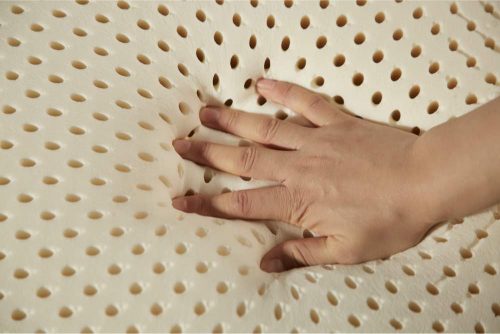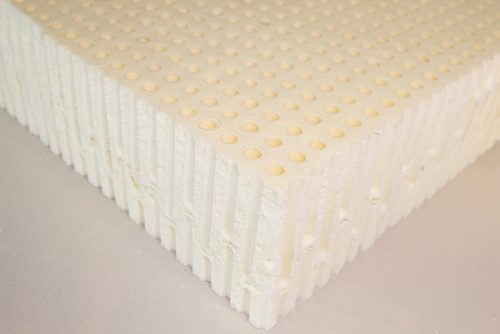ADVANTAGES :
Open cell structure
Temperature – sensitive for optimum
A polyurethane foam mattress (or PU) is also known as polyfoam. This is the most common type of mattress foam. It is often used as an upper comfort layer in innerspring mattresses. However, a big block of the foam can be used by itself as a polyurethane foam mattress.
At this point you may be wondering if polyurethane foam is similar to memory foam. In terms of feel, it is quite different. Both have polyurethane in them though. The main difference between polyurethane foam and memory foam is that memory foam contains additional chemicals which increase its density and viscosity. So they are chemically related, but feel vastly different to each other. PU foam is a lot more ‘bouncy’ or springy than memory foam.
Typical properties of PU matrix
| Name of products | Appearance | Visscosity (mPa.s/25 °C) | Density ( g.cm-3/25 °C) | Package ( kg ) |
| A – 9632 | Liquid | 800~1200 | 1.01~1.02 | 200 |
| B – 9632 | Yellowish Transparent Liquid | 300~600 | 1.06~1.1 | 230 |
Typical processing parameters & Reaction parameter
| Items | A/B Materials Temperatures °C | A/B Mix ratio ( By weight ) | Cream Time ( s) | End of Rise Time ( s ) | Free Rise Foam Density ( g/cm³ ) | Mold Temperature ( °C ) | Demold Time ( min ) |
| Physical Properties | 20~25 / 20~25 | 100/38~42 | 25-30 | 110~120 | 0.075~0.085 | 40~45 | 20-25 |
Physical properties
| Items | Mold Density ( g/cm³) | Hardness ( Asker F ) |
Tensile Strength (kg/cm2) |
Elongation(%) | Rebound (%) |
| Physical properties | 0.095~0.1 | 50~70 | 2.8~2.5 | 150~200 | >45 |








